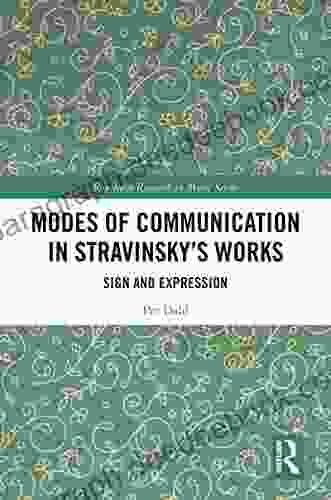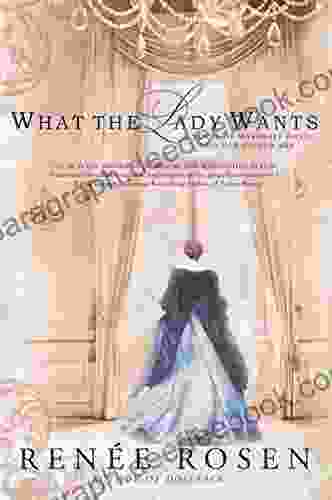Exploring the Multifaceted Modes of Communication in Stravinsky Works: A Comprehensive Analysis

Igor Stravinsky, the enigmatic and groundbreaking Russian composer, stands as a towering figure in the annals of 20th-century music. Throughout his illustrious career, Stravinsky's works captivated audiences with their unparalleled originality, rhythmic complexity, and pioneering use of harmony. However, beyond the surface allure of his compositions lies a profound depth of communication that has cemented Stravinsky's status as a master of musical expression.
5 out of 5
| Language | : | English |
| File size | : | 2265 KB |
| Text-to-Speech | : | Enabled |
| Screen Reader | : | Supported |
| Enhanced typesetting | : | Enabled |
| Word Wise | : | Enabled |
| Print length | : | 248 pages |
Rhythm as a Language of Emotion
One of the most striking aspects of Stravinsky's music is his masterful use of rhythm. In works like "The Rite of Spring," he employs intricate and polyrhythmic patterns that create a sense of relentless energy and primal emotion. The pounding rhythms evoke the raw power of nature and the untamed spirit of the human psyche. Conversely, in pieces such as "Symphony of Psalms," Stravinsky's rhythmic language becomes more restrained and introspective, conveying a sense of serene contemplation and spiritual transcendence.
Harmony's Evocative Power
Stravinsky's harmonic language is equally diverse, ranging from lush, dissonant soundscapes to moments of stark simplicity. In his earlier works, he often employed extended tonality, creating a sense of harmonic instability and unresolved tension. This approach is evident in pieces like "Petrushka," where the shifting harmonic colors mirror the chaotic and fragmented nature of the puppet's existence. In his later works, Stravinsky moved towards a more neoclassical style, incorporating elements of tonal harmony while still maintaining his signature originality. In compositions such as "Symphony in Three Movements," he demonstrates a remarkable ability to create a sense of harmonic balance and coherence, even within a framework of complex and evolving harmonies.
Instrumentation as a Palette of Expression
Stravinsky's innovative use of instrumentation further enhances the communicative power of his music. In "The Firebird," he employs a large orchestra with a wide range of colors and textures. The shimmering sounds of the celesta and harp evoke the magical and otherworldly nature of the titular creature, while the thunderous brass and percussion convey the fiery intensity of the story. In contrast, in works like "Concerto for Piano and Wind Instruments," Stravinsky focuses on a smaller ensemble, creating a more intimate and chamber-like atmosphere. The interplay between the solo piano and the winds results in a sense of immediacy and transparency, allowing for a direct and unadorned communication of musical ideas.
Form's Structural Significance
The formal structure of Stravinsky's compositions plays a crucial role in shaping their communicative impact. In early works like "The Rite of Spring," he employs a large-scale, multi-sectional structure that allows for a wide range of contrasting moods and atmospheres. The piece begins with a chaotic and primitive , gradually evolving into sections of lyrical beauty and tender introspection. This structural framework mirrors the journey of the protagonist from savagery to enlightenment, providing a powerful narrative and emotional arc.
In later works, such as "Symphony of Psalms," Stravinsky adopts a more concise and concentrated structural approach. The symphony is organized into three compact movements, each exploring a different aspect of the psalm texts. The compactness of the form creates a sense of intensity and focus, allowing the listener to fully engage with the profound spiritual messages of the music.
Igor Stravinsky's music transcends mere entertainment to become a powerful and multifaceted medium of communication. Through his innovative use of rhythm, harmony, instrumentation, and form, Stravinsky conveys a vast range of emotions, evokes vivid imagery, and facilitates profound connections with audiences. His compositions continue to challenge and inspire musicians and listeners alike, standing as a testament to the boundless communicative power of music.
By delving into the diverse modes of communication employed by Stravinsky, we gain a deeper appreciation for his genius and the enduring legacy of his music. His works continue to resonate with audiences today, offering a rich and rewarding experience that transcends time and cultural boundaries.
5 out of 5
| Language | : | English |
| File size | : | 2265 KB |
| Text-to-Speech | : | Enabled |
| Screen Reader | : | Supported |
| Enhanced typesetting | : | Enabled |
| Word Wise | : | Enabled |
| Print length | : | 248 pages |
Do you want to contribute by writing guest posts on this blog?
Please contact us and send us a resume of previous articles that you have written.
 Book
Book Novel
Novel Chapter
Chapter Story
Story Paperback
Paperback Newspaper
Newspaper Bookmark
Bookmark Glossary
Glossary Bibliography
Bibliography Foreword
Foreword Preface
Preface Synopsis
Synopsis Footnote
Footnote Manuscript
Manuscript Codex
Codex Tome
Tome Bestseller
Bestseller Narrative
Narrative Autobiography
Autobiography Reference
Reference Encyclopedia
Encyclopedia Dictionary
Dictionary Thesaurus
Thesaurus Narrator
Narrator Character
Character Resolution
Resolution Librarian
Librarian Catalog
Catalog Archives
Archives Periodicals
Periodicals Study
Study Scholarly
Scholarly Reserve
Reserve Reading Room
Reading Room Special Collections
Special Collections Interlibrary
Interlibrary Literacy
Literacy Study Group
Study Group Dissertation
Dissertation Book Club
Book Club Rachel Defriez
Rachel Defriez Irwin Garfinkel
Irwin Garfinkel Kenneth W Lindsay
Kenneth W Lindsay Siew Yen Ho
Siew Yen Ho Jessie Wise
Jessie Wise James Hutson
James Hutson Jeffrey H Jackson
Jeffrey H Jackson Nancy Streza
Nancy Streza J D Hayworth
J D Hayworth Johnny Marr
Johnny Marr Michael Billington
Michael Billington Max Dorfer
Max Dorfer Matthew B Robinson
Matthew B Robinson Dylan Rodriguez
Dylan Rodriguez Jacinta Bunnell
Jacinta Bunnell Henry A Beers
Henry A Beers Mark Elder
Mark Elder Dan Gutman
Dan Gutman April Churchill
April Churchill Joan A Medlicott
Joan A Medlicott
Light bulbAdvertise smarter! Our strategic ad space ensures maximum exposure. Reserve your spot today!
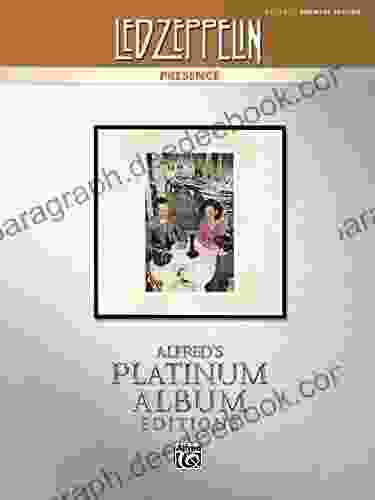
 Samuel Taylor ColeridgeDrum Set Transcriptions: Alfred Platinum Album Editions – An In-Depth Review
Samuel Taylor ColeridgeDrum Set Transcriptions: Alfred Platinum Album Editions – An In-Depth Review
 Brandon CoxBeginner's Guide to Value Investing: The Proven Trading Strategies to Retire...
Brandon CoxBeginner's Guide to Value Investing: The Proven Trading Strategies to Retire... Alec HayesFollow ·13.2k
Alec HayesFollow ·13.2k Bill GrantFollow ·11.4k
Bill GrantFollow ·11.4k Cole PowellFollow ·12.5k
Cole PowellFollow ·12.5k Alex FosterFollow ·12k
Alex FosterFollow ·12k Gabriel MistralFollow ·12.2k
Gabriel MistralFollow ·12.2k Rodney ParkerFollow ·5.8k
Rodney ParkerFollow ·5.8k Patrick HayesFollow ·10.4k
Patrick HayesFollow ·10.4k Mikhail BulgakovFollow ·13k
Mikhail BulgakovFollow ·13k

 Ricky Bell
Ricky BellThe Marriage: An Absolutely Jaw-Dropping Psychological...
In the realm of...

 Ray Blair
Ray BlairDiscover the Enchanting Charm of Budapest and Its...
Nestled in the heart of...

 Tyrone Powell
Tyrone PowellHuddle: How Women Unlock Their Collective Power
Huddle is a global movement that empowers...
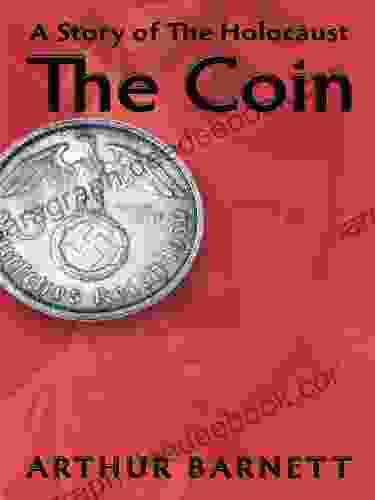
 Grayson Bell
Grayson BellThe Coin Story of the Holocaust: A Symbol of Hope and...
In the depths of the...
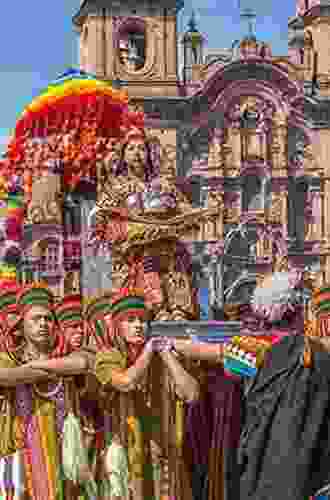
 Virginia Woolf
Virginia WoolfFolklore Performance and Identity in Cuzco, Peru: A...
Nestled amidst...
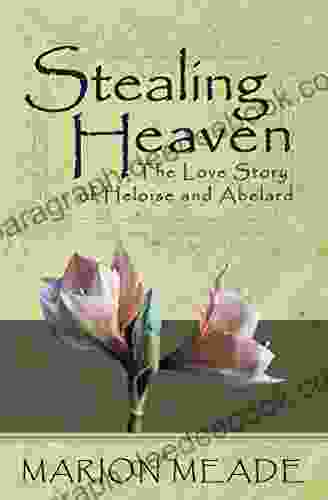
 Dylan Mitchell
Dylan MitchellThe Enduring Love Story of Héloïse and Abélard: A Tale of...
An Intellectual Passion In the heart of...
5 out of 5
| Language | : | English |
| File size | : | 2265 KB |
| Text-to-Speech | : | Enabled |
| Screen Reader | : | Supported |
| Enhanced typesetting | : | Enabled |
| Word Wise | : | Enabled |
| Print length | : | 248 pages |


